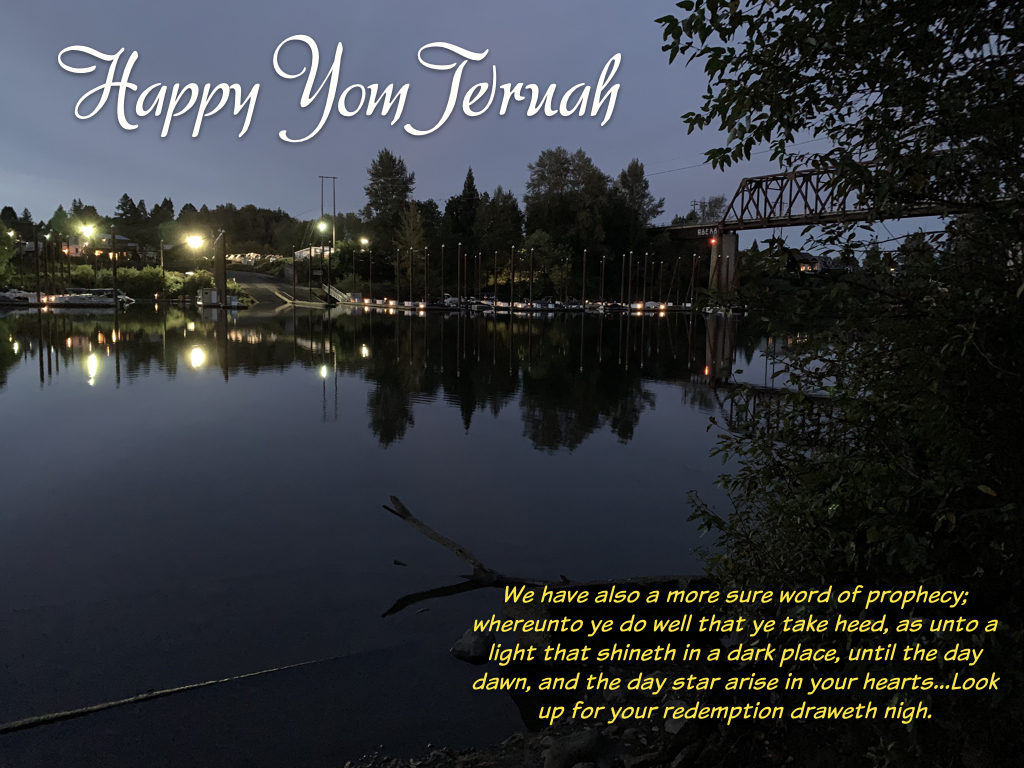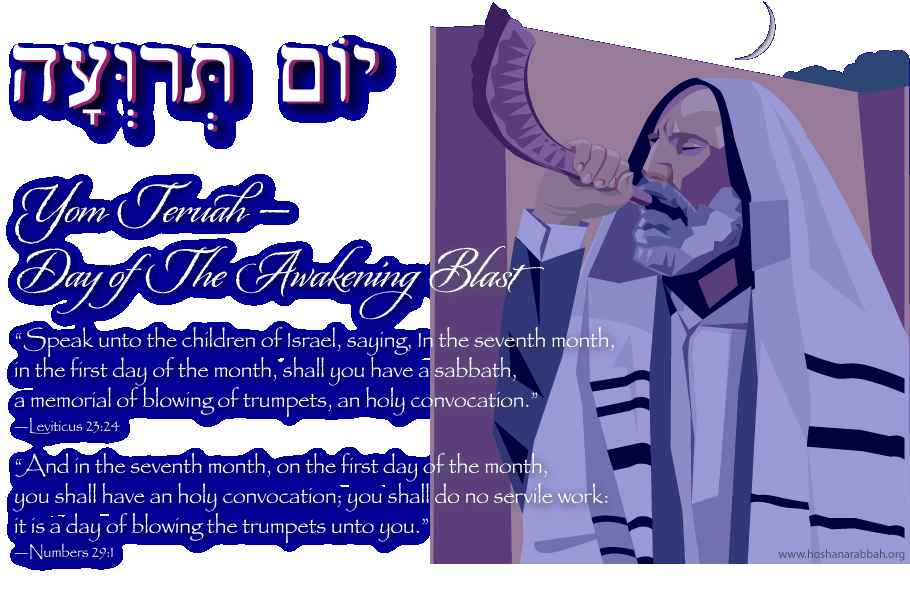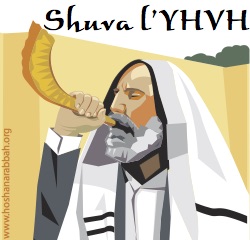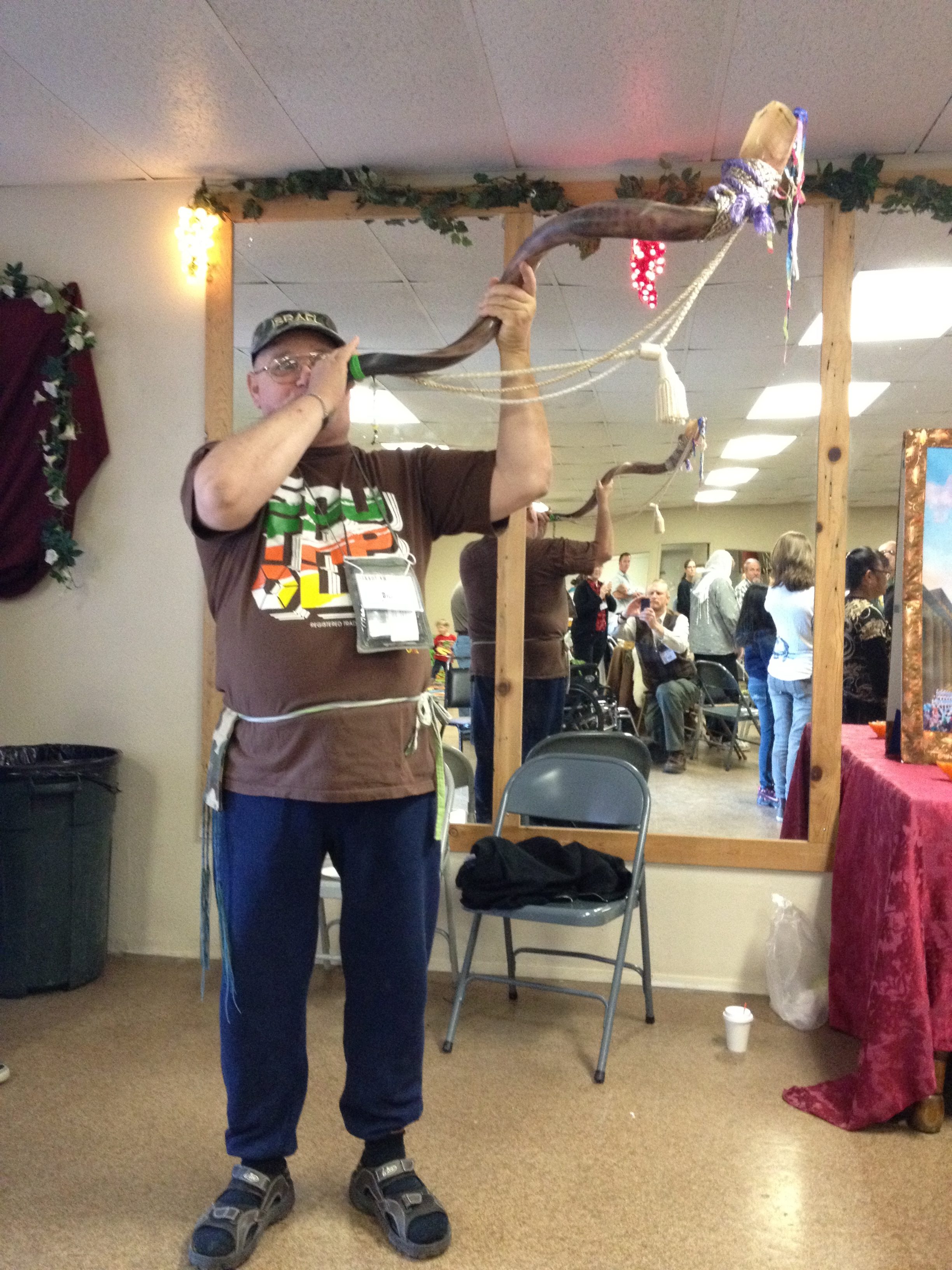The Good Ancient Paths Are Stepping Stones to the Future
Following Torah is an ancient river path that leads back thousands of years to the beginning of humanity and forward to eternity. It’s a true path that won’t lead us astray, because it’s divine Truth. At the same time, it’s a path that is greatly disparaged and hated by the devil and those who wittingly or unwittingly follow him. Why? Because it leads to Elohim and to eternal life. The biblical feasts are like the skeletal framework, blueprint or outline of the Torah and the whole Bible. They’re Elohim’s ancient plan of salvation and redemption for humans.
Thus saith YHVH, Stand ye in the ways, and see, and ask for the old/ancient/eternal [Heb. olam, also everlasting, perpetual, unending future] paths [Heb. nathiyb, also footpath, trodden, traveller] where is the good way [Heb. derek, also journey, direction, manner, habit, way, of course of life (fig.), of moral character (fig.)], and walk therein, and ye shall find rest for your souls. But they said, We will not walk therein. (Jer 6:16)
Because my people hath forgotten me, they have burned incense to vanity/worthless idols, and they have caused them to stumble in their ways from the ancient paths, to walk in pathways and not on a highway, to make their land desolate and a perpetual hissing… (Jer 18:15)
Elohim’s ways are high ways as opposed low ways or to the other lower paths that most humans find themselves walking on.
Don’t Forget!
Remember the days of old, consider the years of many generations: ask thy father, and he will shew thee; thy elders, and they will tell thee. (Deut 32:7)
Remember ye the law of Moses my servant, which I commanded unto him in Horeb for all Israel, with the statutes and judgments. Behold, I will send you Elijah the prophet before the coming of the great and dreadful day of YHVH: And he shall turn the heart of the fathers to the children, and the heart of the children to their fathers, lest I come and smite the earth with a curse. (Mal 4:4–6)
Humans tend to forget their past history and YHVH’s ancient Torah-ways, which is why humans continually repeat the same mistakes of the past. Each present generation thinks that it’s wiser and smarter than the previous one and that they won’t make the same mistakes of the past, but they invariably do. This is because of human pride and ego. The feasts and Sabbath help to keep us on track spiritually, so that we won’t keep making the same mistakes over and over again. They help man to evolve spiritually to a higher level. The feasts are essential in that they help us so that we don’t forget who we are, where we’ve come from and where we’re going.
Choose the Upward, Less Travelled Path, Not the One of the Majority
Tell me, O thou whom my soul loveth, where thou feedest, where thou makest thy flock to rest at noon: for why should I be as one that turneth aside by the flocks of thy companions? (Song 1:7)
Each of us is continually confronted with two choices; we have to make a decision many times every day. Will I choose to go up to where my heavenly bridegroom feeds his flocks on the mountaintops, or am I going to hang out with my companions and peers? The former is a highway; the latter is a low way.
The Biblical Feasts—The Aerial View
The biblical feasts are moedim or divine appointments when Elohim meets with his people—when heaven and earth meet at a high place spiritually and kiss each other. When this happens, the mundane, secular, earthly or horizontal plane meets or bisects the heavenly, divine vertical plane. This is the place of the holy of holies, heaven on earth and the way of the cross (two beams meeting—a horizontal and vertical one).
The biblical feasts and weekly Sabbath are when YHVH gathers his sheep together to restore, refresh, encourage, energize, correct, unite them and to point them to the higher way. The feasts are like a mini Garden of Eden as well as a New Jerusalem, heaven on earth events. They keep us in touch with our sorry past and our potential glorious future.
The feasts and Sabbath help keep us on track spiritually (since they are the seven steps in Elohim’s plan of redemption or salvation for mankind) and are links to connect us to our corporate past and to the future. They help to provide us with a greater context to our lives, so that we will better understand the present—who we are individually and collectively, where we’ve come from, where we’re at and where we’re going. The fall feasts especially help us to understand where we’re going and what the future holds for us. Everyone wants to know what the future holds for them. Celebrate the feasts and find out!
The feasts reaffirm and reestablish the special relationship that man has with Elohim. Only men who were made in Elohim’s image have that relationship. Plants, animals, rocks, fungi and atoms don’t.
The feasts make us remember that we’re dependent on Elohim as our sustainer and creator and that Elohim has chosen in his sovereignty to be dependent upon us because he has allowed us to make his presence known and felt in the world. Without us, Elohim, in a sense, couldn’t exist on this planet, so our mutual relationship is a very big two-way street. We are Elohim’s light to the world, the ambassadors of his kingdom. We reflect him in the darkness of this world, which is why it’s important that we stay on his path of light, and in his ancient river of life that flows from the distant past into eternity. Since we represent the Creator, we need the Creator to show us the upward path, and the Creator needs us in the this world not only to represent him, but to reveal him to the world. It’s impossible for him to just come into this world with all of his power and glory without instantly destroying it. Imagine the earth being a few degrees closer to the sun. Now imagine this by a gazillion percent! That’s what would happen to the earth if Elohim were to show up as he is. That’s one reason he, in a certain sense, “needs” us in order to fulfil his purposes on this earth.
Yom Teruah—The Aerial View
The bottom line of Yom Teruah is that it points us to two very important things that are our great hope for humanity and the future: the coming of the Messiah and resurrection and glorification of the righteous dead. Until Yeshua the Messiah actually comes, Yom Teruah points us to the third most important thing: teshuvah or repentance. We need to stay humble and repentant, so that when he comes, he will find us in a spiritual state that will qualify us either to be resurrected from the dead or, if we’re alive at his return, to be immortalized and glorified in the moment of a twinkling of an eye as we meet him in the air.








